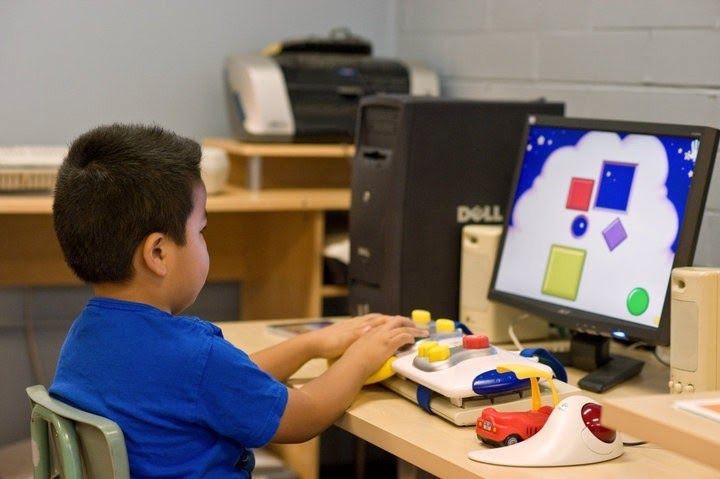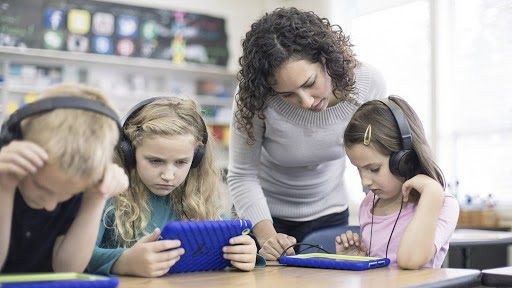What is assistive technology and how can it support my child?
Assistive technology is a common recommendation following psychoeducational assessment for learning disabilities and many other learning challenges. Despite how commonly it is recommended, however, it can be confusing for both parents and students to understand its purpose and how it might support students in the classroom. There are also some misconceptions about assistive technology. This post will hopefully help you decide if technology can help your child succeed!

Assistive technology is any technology that allows an individual with a disability to increase, maintain, or improve their functional capabilities. It can help students work around specific skill deficits that keep them from reaching their full potential at school. This means that technology can be implemented for any area in which the student has major challenges as identified by a qualified professional. The most commonly recommended assistive technologies for learning disabilities are those that support students’ written language- both reading and writing. One example is text-to-speech, which can convert printed text on the screen to speech that the student can listen to. This assistive technology is commonly used when students have deficits in decoding or reading fluency.
To help with the costs of equipment, the Ontario Ministry of Education has Special Equipment Amount (SEA) funding, which provides financial support to school boards to assist with the costs of assistive technology. Typically, schools complete the applications for SEA funding once a psychoeducational assessment report that outlines the student’s need for assistive technology is received by the school.
What’s the difference between assistive technology and educational technology?
Assistive technology is used to work around a specific skill deficit, like decoding or handwriting. It does not teach the student the skill with which they struggle. Educational technology, on the other hand, can be anything from using general technology (e.g., laptops) in the classroom to programs that teach students a specific skill (e.g., Prodigy). Educational technology is not usually required for a student’s success in the classroom, whereas assistive technology is critical to their success.
Isn’t using assistive technology cheating?
This is a common question because people worry that by providing a child with assistive technology, it will encourage the child to take the easy way out or will keep them from learning the skill that is hard for them. When it comes to assistive technology, though, the issue is that the child’s deficit is  actually determined to impact them so negatively in the classroom that they will not be able to do their best without it. Assistive technology is about levelling the playing field, rather than giving them a leg up over other students their age. In many cases, assistive technology is recommended because it appears that they student will not be able to learn the associated skill within extensive remediation, or potentially at all. Just as we would not expect individuals with physical disabilities to learn how to function without using their assistive devices, such as walking canes or a wheelchair, we similarly would not expect students to have to cope without using assistive technology that is necessary for them in the classroom. Just because we cannot see the disability doesn’t mean it’s not real. We can help kids understand that they deserve to be able to reach their full potential—just like any other child!
actually determined to impact them so negatively in the classroom that they will not be able to do their best without it. Assistive technology is about levelling the playing field, rather than giving them a leg up over other students their age. In many cases, assistive technology is recommended because it appears that they student will not be able to learn the associated skill within extensive remediation, or potentially at all. Just as we would not expect individuals with physical disabilities to learn how to function without using their assistive devices, such as walking canes or a wheelchair, we similarly would not expect students to have to cope without using assistive technology that is necessary for them in the classroom. Just because we cannot see the disability doesn’t mean it’s not real. We can help kids understand that they deserve to be able to reach their full potential—just like any other child!
Resources Related to Assistive Technology
- ATSelect.org: Provides a guide to assist in the assistive technology decision making process, as well as comprehensive reviews of specific assistive technology tools.
- Tech Matrix: Includes a database of nearly 400 assistive technology products and research articles on the theory and practice fo using assistive technology.
Bronwyn Lamond, MA,
OCT Doctoral Associate
Family Psychology Centre







